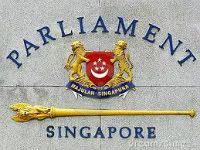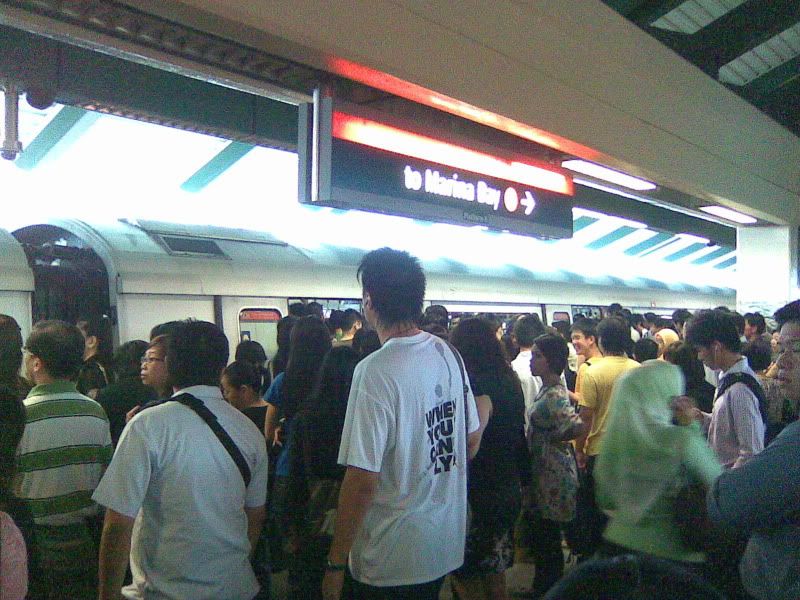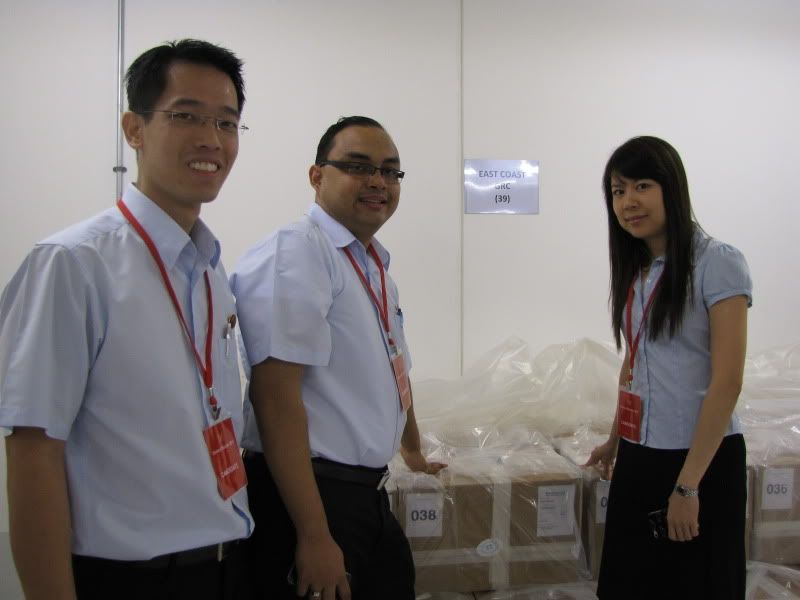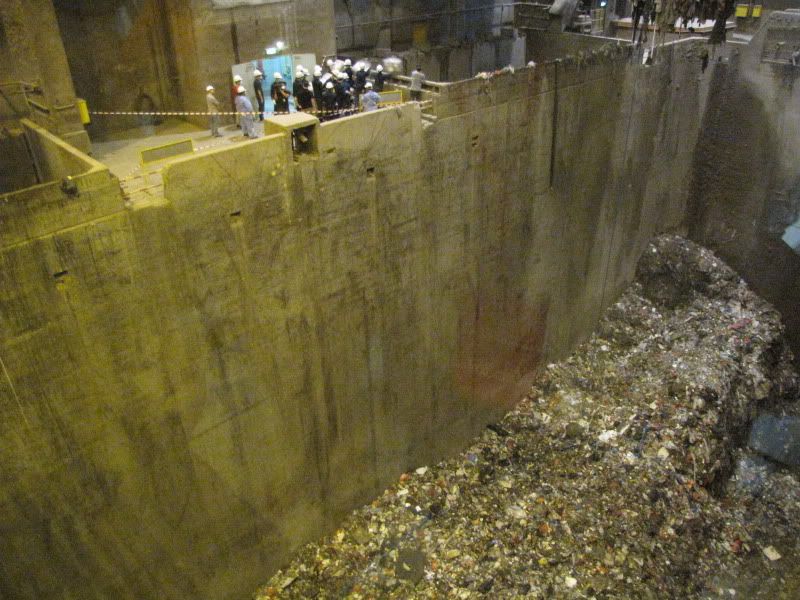This was the statement which Workers’ Party issued regarding the the Report on Ministerial salaries.
————–
1. The recommendations of the Committee to Review Ministerial Salaries (“the Committee”) are a step in the right direction towards grounding political leaders with a stronger sense of public service and mission. We hope that Ministers and Members of Parliament (MPs) will see political office primarily as a noble undertaking which allows them to improve the lives of fellow Singaporeans, rather than as a career option to be weighed against high-earning individuals in the private sector.
2. The Workers’ Party (WP) is of the view that the Committee’s proposal to peg ministers’ salaries to the 1,000 top income earners has created a flawed formula. These individuals make up just 0.06%[1] of the workforce and are unrepresentative of the general population. The incomes of these “super-rich” Singaporeans generally rise much faster than the rest of the population, potentially escalating the salaries of ministers in subsequent years.
3. The Committee’s proposed formula also assumes that political talent is found only among the top 1,000 income earners. This reflects an elitist mindset that earning power is the primary indicator of one’s ability.
4. Rather than an approach that assumes top earners are also top talent, WP recommends a whole-of-government, people-up approach to determining ministerial salaries.
5. WP has identified this approach in the way 12 developed economies determine their politicians’ salaries. The economies are Australia, Canada, Finland, Germany, Hong Kong, Japan, South Korea, New Zealand, Sweden, Taiwan, the United Kingdom and the United States. In most of these economies, a minister’s salary is set at multiples of that of an MP, which is in turn set at the salary of a senior management grade in the civil service. This is the approach that Singapore should take, as political office is in the genre of public service.
6. WP proposes that MPs’ allowances should be pegged to the salaries of divisional directors in the Civil Service (excluding the Administrative Service)[2]. Civil service salaries are currently competitively benchmarked to general wage levels of Singaporeans. The salaries of ministers and the Prime Minister should be set at reasonable multiples of an MP’s allowance.
7. WP is supportive of a variable component which takes into account both national objectives being achieved through a whole-of-government effort, as well as the individual performance of ministers. While the suggested National Bonus incorporates some indices, WP believes that the formula should reflect that some national goals are longer-term in nature, requiring an assessment over the term of a government, not annually; some bonus payments may need to be deferred. We also propose to do away with the Annual Variable Component as this is unnecessary, since there is already a National Bonus based on national economic outcomes. The sum of the total variable components should be capped at a reasonable number of months.
8. WP further believes that the procedure for any review or change of the salary structure for political office should be transparent and subject to Parliamentary approval.
9. WP’s MPs will elaborate and expand upon the above proposals during the 16 January 2012 debate on the motion in Parliament to adopt the Committee’s recommendations.
THE WORKERS’ PARTY
6 January 2012
[1] 1,000 divided by the total Singaporean labour force of 1,712,600 (Singaporeans in the Workforce, October 2011).
[2] This refers to the MX9 (Superscale) grade, which draws a salary of about $10,000 per month.




